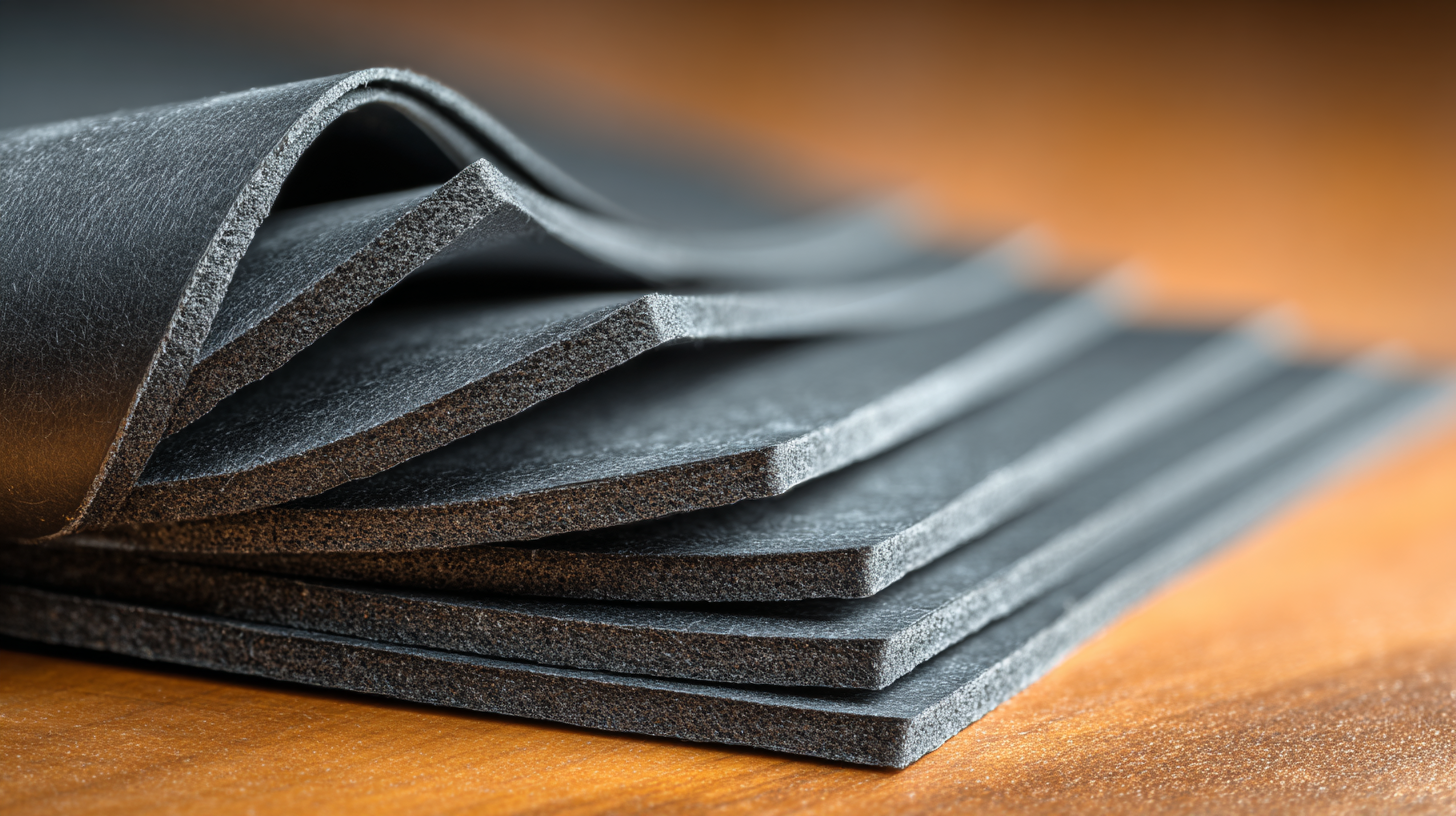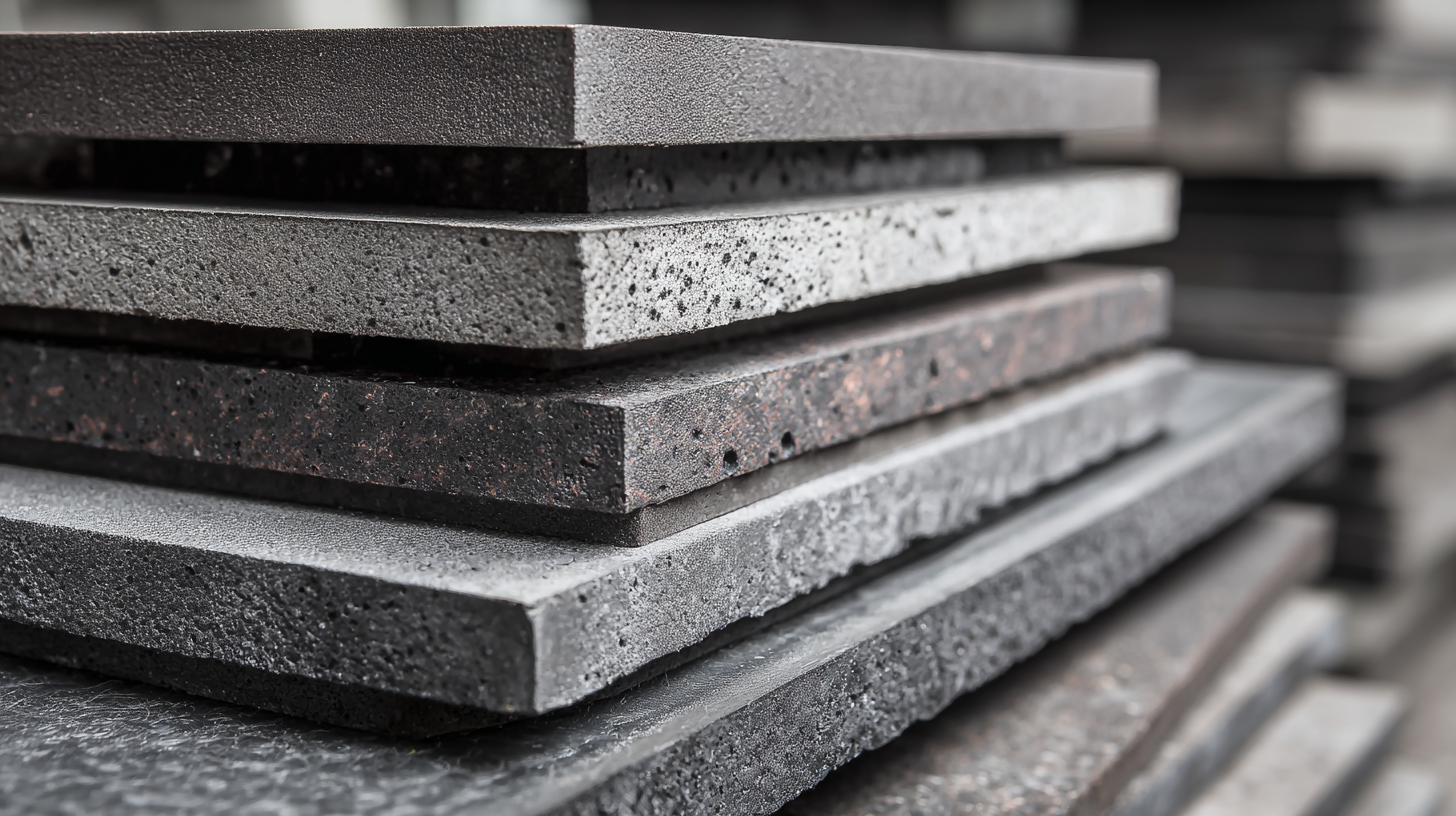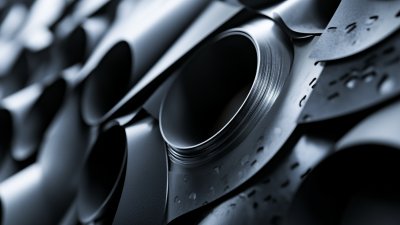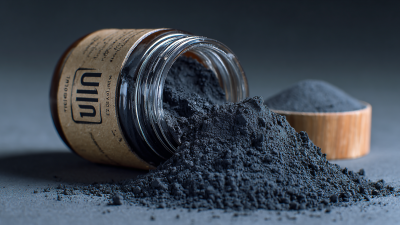7 Essential Tips for Choosing the Perfect Graphite Gasket Sheet for Your Needs
In the field of industrial sealing solutions, the choice of the right materials is crucial for ensuring efficiency and reliability. One such material that has gained significant traction is the Graphite Gasket Sheet, renowned for its exceptional thermal stability and chemical resistance. According to a recent market analysis by Research and Markets, the global gasket market is projected to reach USD 16.5 billion by 2026, driven by increasing demand across various sectors, including oil and gas, power generation, and chemical processing. The versatility of Graphite Gasket Sheets allows them to be used in high-temperature and high-pressure environments, making them indispensable in many applications. However, with numerous types and grades available, selecting the perfect Graphite Gasket Sheet for your specific needs can be daunting. This article presents seven essential tips to guide you in making an informed decision, ensuring optimal performance and longevity for your sealing applications.

Understanding the Different Types of Graphite Gasket Sheets Available
When selecting the perfect graphite gasket sheet for your needs, it's essential to understand the different types available in the market. Graphite gasket sheets are classified based on factors such as thickness, density, and composition, which can significantly impact their performance in various applications. Common types include flexible graphite sheets, reinforced graphite sheets, and graphite composite materials. Each type offers unique properties that cater to specific industrial requirements, such as high-temperature resistance, chemical compatibility, and excellent sealing capabilities.
Flexible graphite sheets are particularly advantageous for applications that experience extreme temperatures and pressures. They provide superior flexibility and adaptability, making them suitable for irregular surfaces. Reinforced graphite sheets, on the other hand, incorporate additional materials to enhance strength and durability, making them ideal for high-stress environments. Understanding these distinctions is crucial for selecting the right graphite gasket sheet, ensuring optimal performance and longevity in your chosen application. As the flexible graphite market is projected to grow significantly by 2030, awareness of these various types will help users make informed decisions that align with their operational needs.
Key Factors to Consider When Selecting Graphite Gasket Materials
When selecting graphite gasket materials, several key factors should be considered to ensure optimal performance for specific applications. The compressibility and recovery characteristics of the gasket are critical; high-quality graphite sheets typically feature a compressibility of 10-15% and a recovery rate exceeding 90%, making them suitable for high-pressure and high-temperature environments. According to a 2022 report from the International Gasket Association, improper material selection can lead to equipment failure, highlighting the importance of careful evaluation.
Another significant factor is the chemical compatibility of the graphite gasket with the fluids it will encounter. Graphite gaskets are known for their versatility, with resistance to a wide range of chemicals, including acids, bases, and hydrocarbons. However, different grades of graphite can exhibit varying degrees of resistance. For instance, studies show that reinforced graphite gaskets can increase durability by up to 30% in corrosive applications compared to standard grades. Understanding these properties ensures that the selected gasket will maintain integrity under operational stresses while providing effective sealing capabilities.
The Importance of Temperature and Pressure Ratings in Gasket Choice
 When selecting a graphite gasket sheet, understanding temperature and pressure ratings is paramount. These ratings determine the gasket's ability to withstand operational conditions and prevent leakage, ensuring the integrity of the entire system.
High-temperature applications may require gaskets with enhanced thermal stability, while high-pressure environments necessitate materials that can maintain their form and compression strength under stress. Therefore, knowing the specific requirements of your application will help in choosing the right gasket that meets performance expectations without compromising safety.
When selecting a graphite gasket sheet, understanding temperature and pressure ratings is paramount. These ratings determine the gasket's ability to withstand operational conditions and prevent leakage, ensuring the integrity of the entire system.
High-temperature applications may require gaskets with enhanced thermal stability, while high-pressure environments necessitate materials that can maintain their form and compression strength under stress. Therefore, knowing the specific requirements of your application will help in choosing the right gasket that meets performance expectations without compromising safety.
Moreover, it’s essential to consider the interaction between temperature and pressure ratings. For instance, as temperature increases, the material may lose some of its compressive strength, leading to potential failure if not properly matched with the pressure the gasket will face. Utilizing a gasket that is rated for both the expected operating temperature and pressure will provide the best assurance against leaks and system failures. Hence, evaluating these ratings and how they interact is crucial for achieving optimal performance and longevity in your gasket applications.
Comparing Price versus Performance for Graphite Gasket Sheets
When selecting the ideal graphite gasket sheet, it’s crucial to consider the balance between price and performance. While a lower-priced option may seem appealing initially, it’s essential to evaluate whether it meets your specific operational requirements. High-performance graphite gasket sheets often come with enhanced durability, temperature resistance, and chemical compatibility, which can reduce maintenance costs and the risk of equipment failure over time. Investing in quality materials can ultimately lead to greater efficiency and reliability in your operations.
Another factor to keep in mind is the application where the gasket will be used. Different industries might have unique standards and specifications that influence the choice of material. It is advisable to weigh the long-term benefits of a higher-priced, performance-oriented product against the potential costs associated with cheaper alternatives that could fail prematurely or require frequent replacements. By understanding the interplay of price and performance, you can make a more informed decision that aligns with both your budget and operational integrity.
7 Essential Tips for Choosing the Perfect Graphite Gasket Sheet for Your Needs
| Criteria | Description | Price Range | Performance Rating (1-10) |
|---|---|---|---|
| Material Quality | Consider the purity and density of the graphite used. | $15 - $25/sheet | 9 |
| Thickness | Choose a thickness suited for your application’s pressure and temperature. | $10 - $20/sheet | 8 |
| Temperature Resistance | Check the maximum temperature tolerance required for your application. | $20 - $30/sheet | 9 |
| Chemical Compatibility | Ensure the material can withstand the chemicals it will be exposed to. | $15 - $22/sheet | 8 |
| Supplier Reputation | Consider suppliers with a good track record in quality and service. | N/A | 10 |
| Customizability | Look for options that allow custom sizes and shapes if needed. | $12 - $28/sheet | 7 |
| Delivery Time | Consider the lead time for manufacturing and delivery. | N/A | Varies |
Maintenance and Long-term Use Considerations for Graphite Gaskets
When selecting a graphite gasket sheet for your applications, long-term maintenance and usability are critical factors that extend beyond the initial performance metrics. In a competitive landscape, utilizing standard materials, such as expanded graphite, often falls short in high-temperature or high-pressure environments. Industry data indicates that nearly 30% of gasket failures result from improper material choices, underscoring the need for a more robust selection process based on specific operational conditions.
Regular maintenance plays a significant role in ensuring the longevity of graphite gaskets. Reports suggest that regular inspections can prevent up to 50% of premature gasket failures. A consistent monitoring routine, combined with the right installation techniques, helps maintain the integrity of the seal under fluctuating conditions. Additionally, understanding the thermal expansion characteristics of the chosen material is vital, as inadequate thermal management can lead to seal degradation over time. Investing in high-quality graphite gaskets tailored to your operational needs will yield better performance and reduce total cost of ownership in the long run.

Related Posts
-

Exploring Innovative Alternatives to Graphite Gasket Sheets for Diverse Applications
-

Real-World Applications of the Best Graphite Gasket Sheet in Various Industries
-

Maximizing Value with Best Flexible Graphite Gaskets: After-Sales Support and Maintenance Cost Insights for a Sustainable Future
-

5 Essential Tips for Choosing the Right Flexible Graphite Gasket for Your Applications
-

Exploring Unique Alternatives to Best Graphite Paper Staples for Your Crafting Needs
-

Future Innovations in Natural Graphite Powder: 2025 Industry Trends & Winning Global Sourcing Strategies